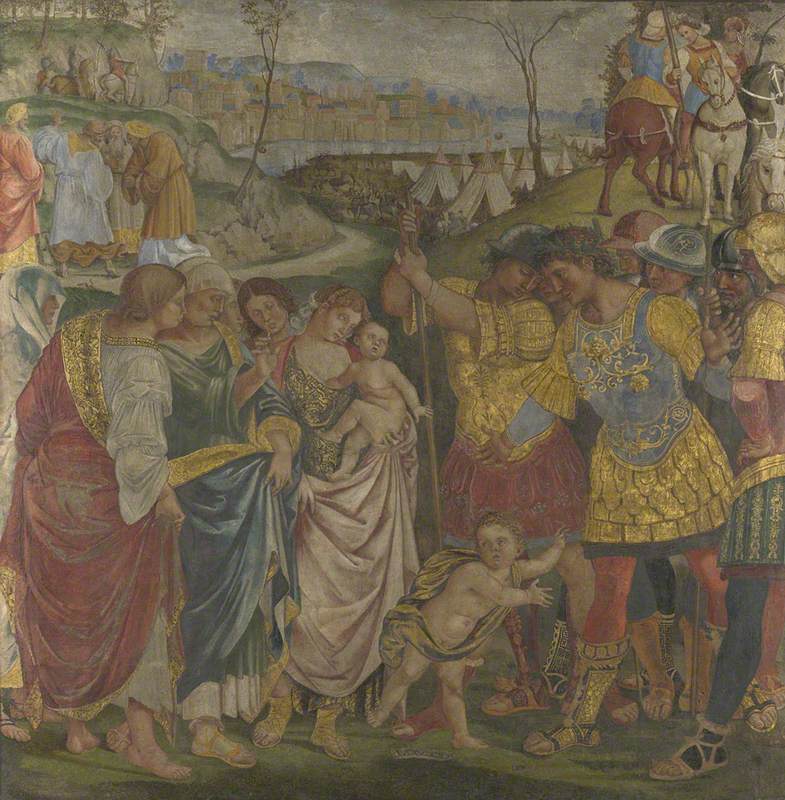(b Cortona, c.1440/50; d Cortona, 23/24 Oct. 1523). Italian painter, active in various cities of central Italy, notably Arezzo, Florence, Orvieto, Perugia, and Rome, as well as his native Cortona. According to Vasari (who was related to him and ‘as a child of 8’ met ‘this good old man’), Signorelli was a pupil of Piero della Francesca, and this seems highly probable on stylistic grounds, for his solid figures and sensitive handling of light echo the work of the master. Signorelli differed from Piero, however, in his interest in the representation of action, which put him in line with contemporary Florentine artists such as the Pollaiuolo brothers. He must have had a considerable reputation by about 1483, when he was engaged to complete the cycle of frescos on the walls of the Sistine Chapel in Rome, left unfinished by Botticelli, Ghirlandaio, Perugino, and Rosselli.
Read more
(It is not known why these four artists abandoned the work in 1482, but it has been suggested that they simply downed tools because of slow payment.) Signorelli completed the scheme with distinction, but his finest works are in Orvieto Cathedral, where he painted a magnificent series of frescos illustrating the end of the world and the Last Judgement (1499–1504). In these grand and dramatic scenes he displayed a mastery of the nude in a wide variety of poses surpassed at that time only by Michelangelo. Vasari says that ‘Luca's works were always highly praised by Michelangelo’ and several instances of close similarity between the work of the two men can be cited: perhaps most interesting is the enigmatic seated nude youth in Signorelli's Last Acts and Death of Moses in the Sistine Chapel, which is remarkably close to some of the Ignudi painted by Michelangelo on the ceiling of the chapel a quarter of a century later. By the end of his career, however, Luca had become a conservative artist, working in provincial Cortona, where his large workshop produced numerous altarpieces. Several examples of his work are in the National Gallery, London.
Text source: The Oxford Dictionary of Art and Artists (Oxford University Press)










